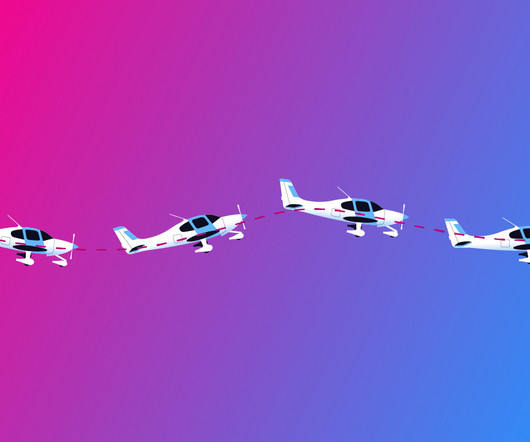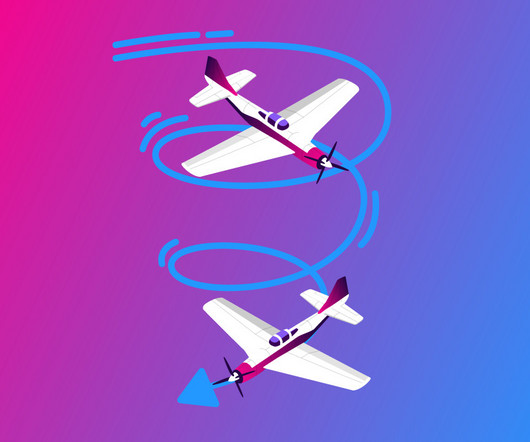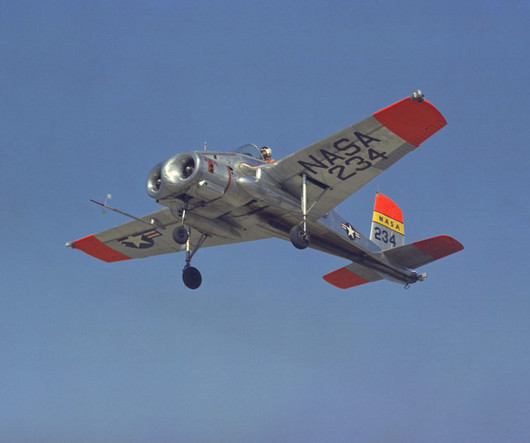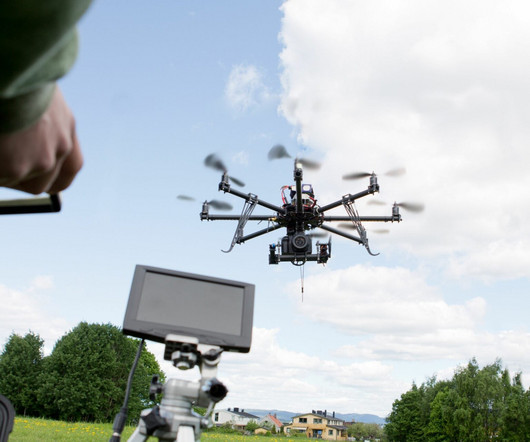Tailless Aircraft: How Airplanes Fly Without a Tail
Pilot Institute
JUNE 4, 2025
A tailless aircraft is a fixed-wing airplane without a horizontal stabilizing surface. With this type of aircraft, the functions of longitudinal stability and control are incorporated into the main wing. A tailless airplane is one where everything needed to fly, like lift, control, and stability, is built into the main wing.




















Let's personalize your content